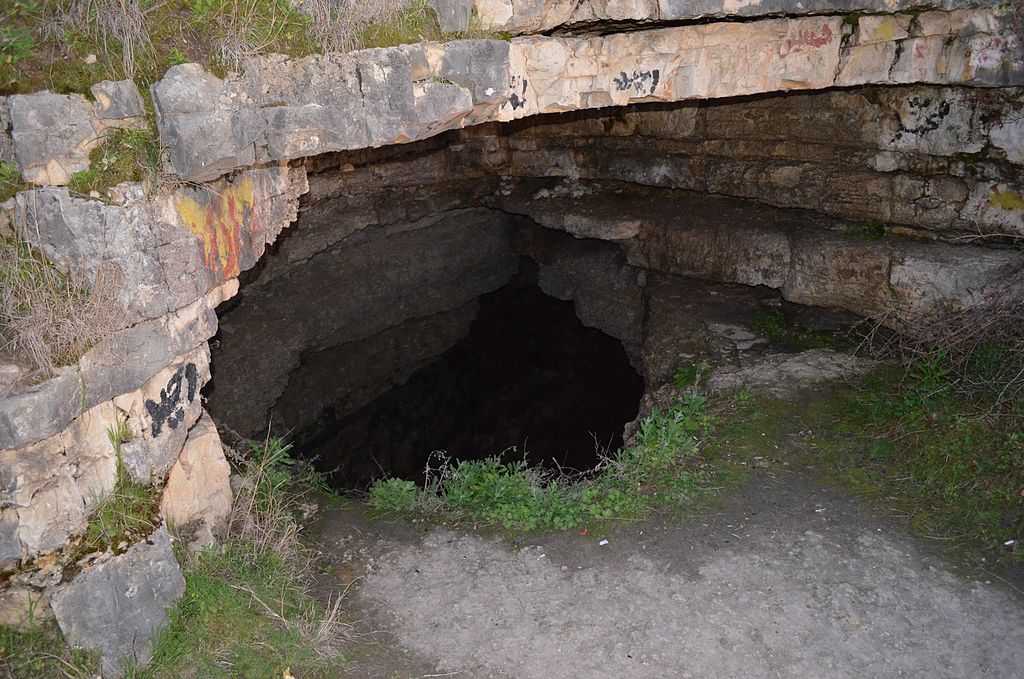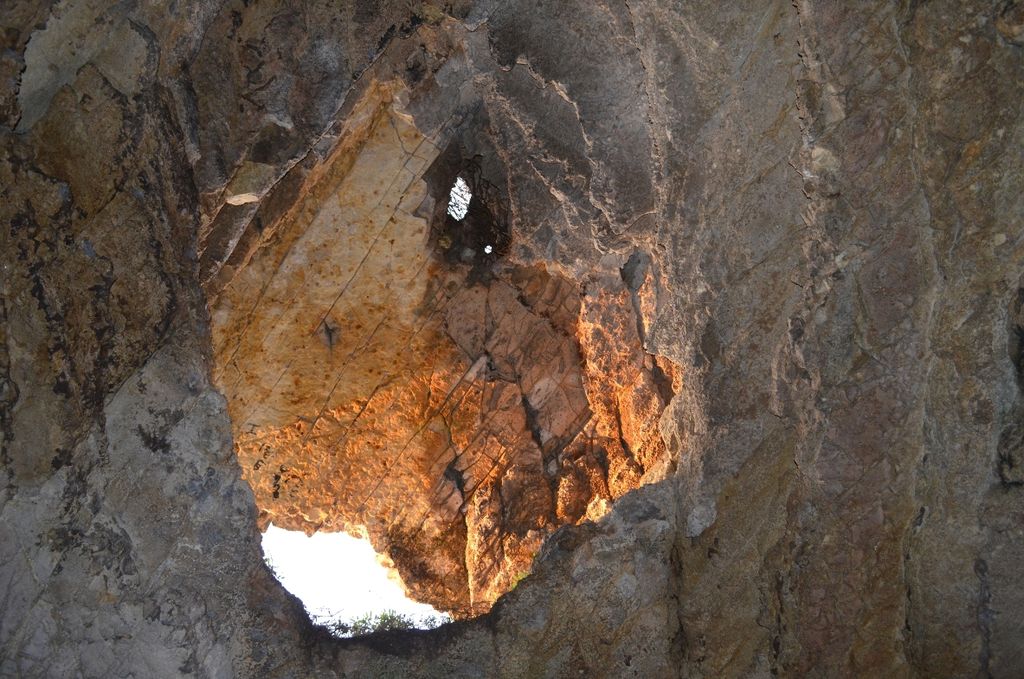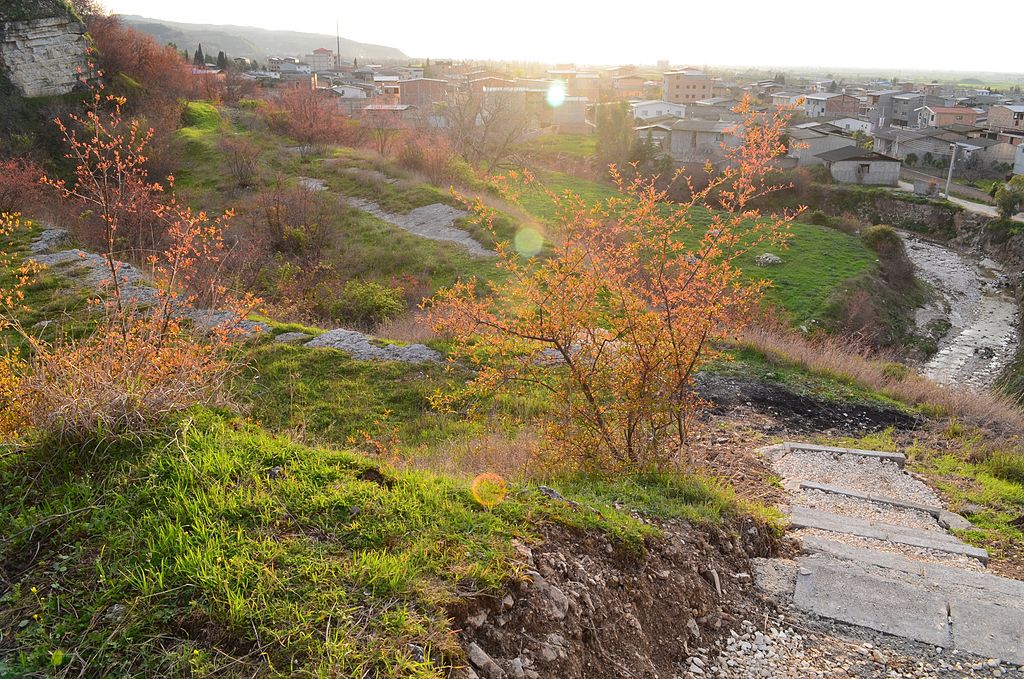


Huto is the name of a cave that survived from BC in ancient Iran, which is located near Behshahr, in the village of Trojan. The historical age of the cave is due to the discovered ancient artifacts from the life of early humans living in the Alborz plains. It should be mentioned that at the entrance of Behshahr, or at a distance of 50 meters from Hutto Cave, there is another cave called the Belt.
This cave was identified and investigated for the first time in 1949 by Professor Carlston, one of the professors of the University of Philadelphia. The following caves have world fame due to discoveries such as human skeletons dating back 70,000 years. These discoveries have signs of the Ice Age, Iron Age, Neolithic and Paleolithic, the most important of which is the skeleton of a 16-year-old mother and her baby, as well as flint objects from the Paleolithic era.
Explorers found pebbles from the Ice Age in the deepest places and pits of the Belt Cave. In these stratified pits, there are discoveries from the Iron Age to the Neolithic, and at the bottom of them there are traces of the Paleolithic era. It should be mentioned that the skeletons of three people were discovered in the layers of Hutu Cave, which show that these places hosted the presence of humans during the rainy season.
The cave currently has two entrances at different heights and a ventilation hole in the ceiling. The main artefacts obtained from the cave in question include flint blades, marine stone and deer bone called "Lagazlaserb Gotroza", as well as the skeletons of three humans found in the belt cave, who probably lived in 75,000 years BC. Mr. Carlston, after scrutinizing the research of other experts, concluded that during the Mesolithic period, cave dwellers lived by hunting animals such as deer, antelope, sheep and wild goats. So that in the old Neolithic period, they were able to domesticate animals such as goats and sheep and even engage in agriculture.